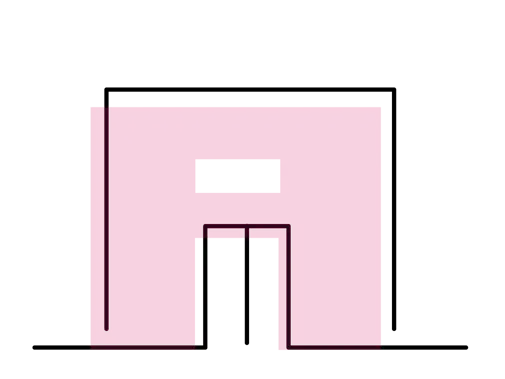GP practices are experiencing significant and growing strain with declining GP numbers, rising demand, struggles to recruit and retain staff with knock-on effects for patients. This long-term decline in the number of GPs coincides with a rise in the number of patients and mounting workload.
Ensuring that patients are seen by the appropriate clinician in the right place and at the right time, supports good patient care and experience, reduces pressure on GP practices and allows GPs to spend their time where it is needed the most.
There is no standardised system for care navigation and/or triage in general practice. This tool is designed to support practices to implement a system that can be adapted to a practice’s individual circumstances.
What is a triage system?
Clinical triage is a clinical process conducted by a clinician, most often a nurse or GP, to make early clinical decisions and signpost appropriately either within the practice or elsewhere. Care navigation is a process done by care coordinators, appropriately trained reception or other practice staff, to signpost to the most appropriate clinician or elsewhere outside of the practice. Both may be referred to as triage systems.
Care navigation and clinical triage allow practices to prioritise patients with the most urgent health needs, ensure they see the most appropriate clinician or are signposted to alternative services.
This can be done in-person at the practice, over the phone or online.
Reasons to implement a triage system
Triage systems can:
- Improve access to health services as practices can direct patients to the right practitioner/service (urgent care/ED services).
- Improve patient care by ensuring that patients with the highest or most complex health needs are prioritised and given longer appointments (if necessary).
- Free up GP time to deal with more complex issues.
- Maximise workforce capacity by making the best use of skills mix in the practice team.
- Reduce GP workload and pressure by distributing and delegating tasks across the practice team.
Neither the BMA nor the authors of this resource accept any liability whatsoever for its use whether arising out of tort law (including negligence), breach of contract or other cause of legal action. Nothing in this paragraph excludes or limits liability for personal injury or death caused by negligence.
The flowcharts are illustrative only and do not represent or purport to be best practice. Individual GP practice needs will vary. The flowcharts, as depicted may not be suitable for every practice but instead should be used as a guide to assist in devising a care navigation/triage system appropriate for a practice’s specific needs.

